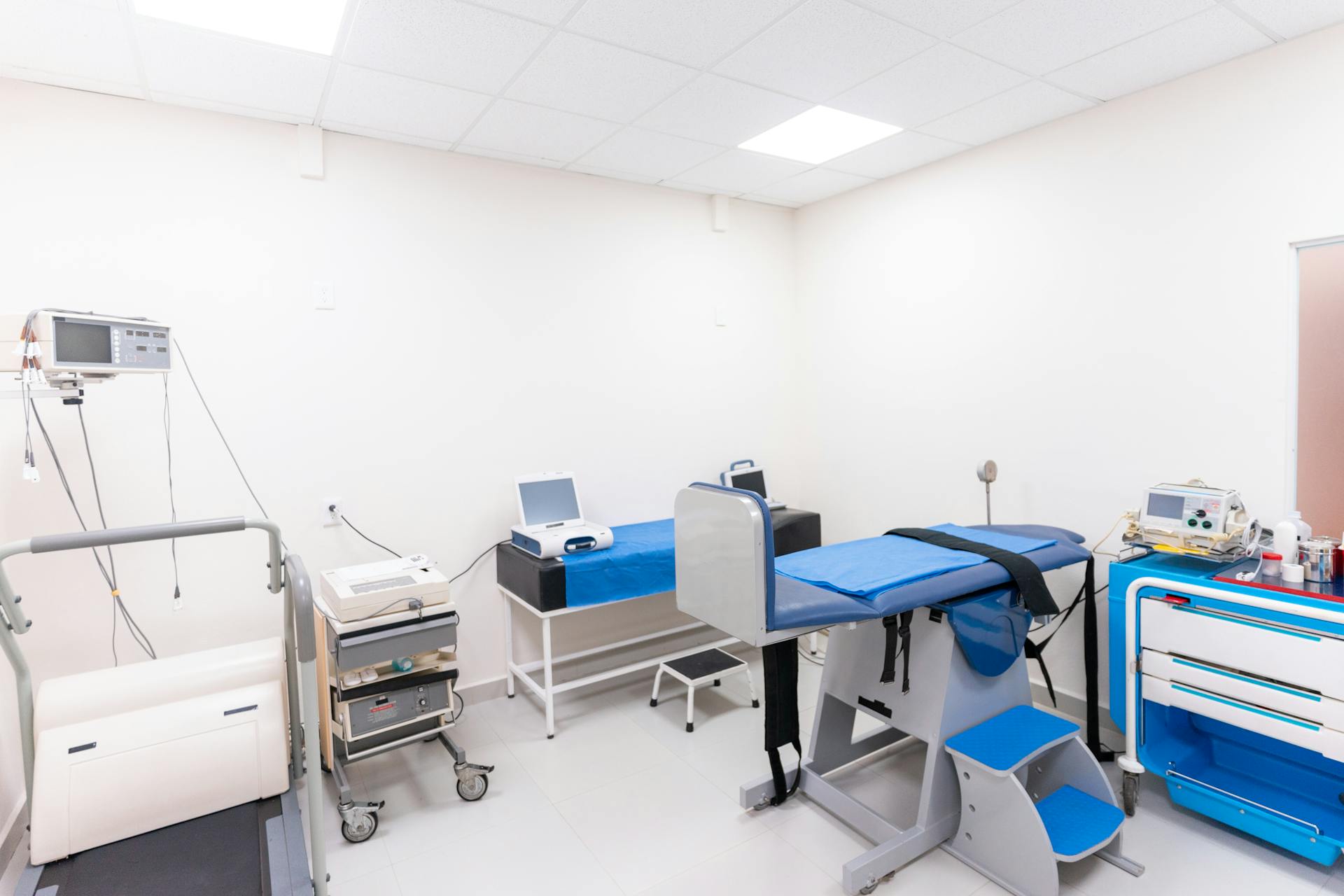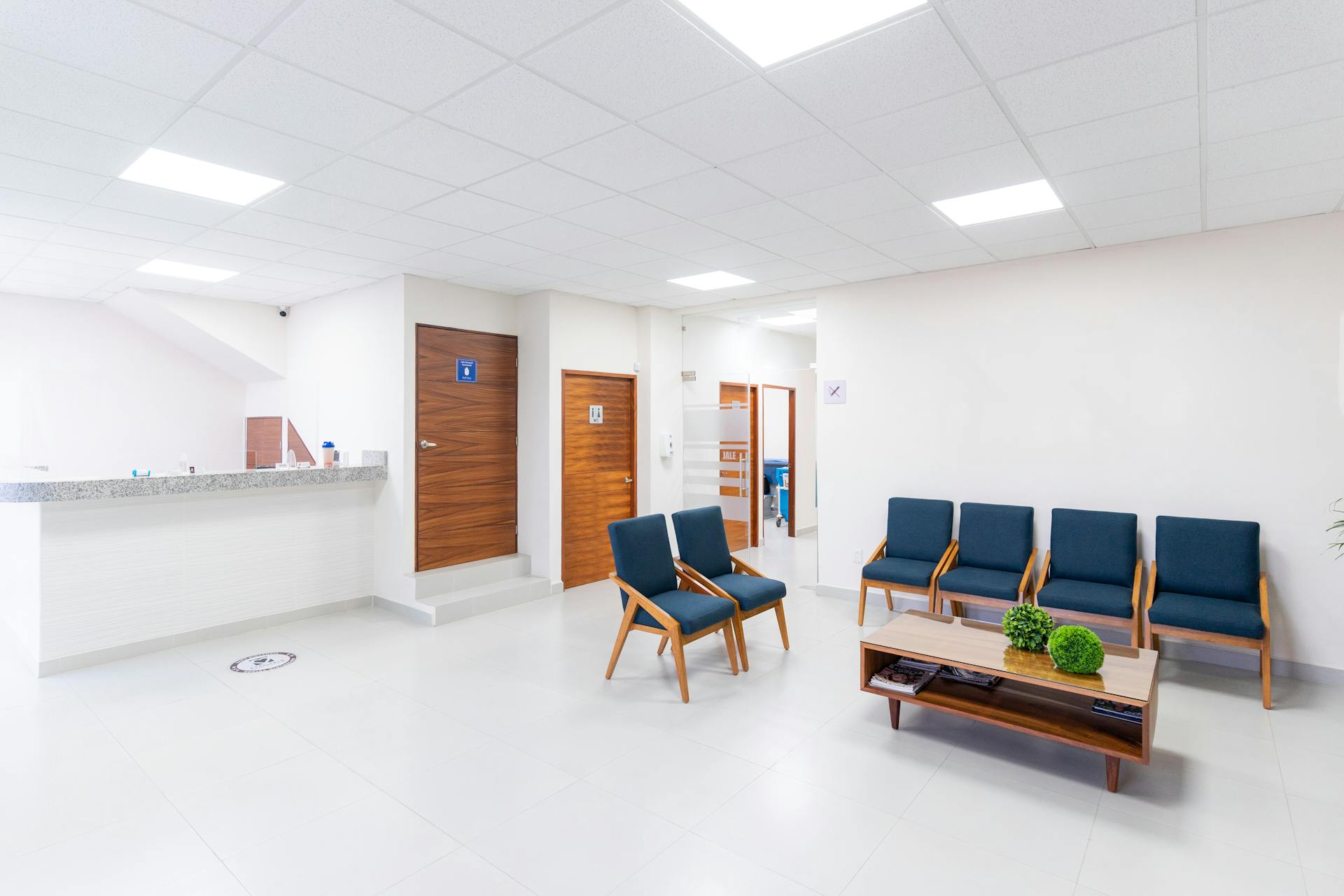Hospital design is one of the essential elements that affects the quality of healthcare and operational efficiency. The success of any medical facility relies on its engineering design, which must take into account health, functional, and technological standards. A hospital is not merely a building but a complex environment that requires the integration of architectural design, engineering systems, and safety requirements. Moreover, good design contributes to enhancing the patient experience, increasing the efficiency of medical services, and promoting the safety of the medical staff.
The Basic Engineering Standards for Hospital Design
Before starting any hospital project, a comprehensive plan must be developed that takes into consideration the location, space, and the needs of both patients and medical staff. Good planning ensures a smooth flow of movement, which reduces chaos and enhances work efficiency. Relying on modern technology in design contributes to improving medical services and reducing errors. Planning should also consider the potential for future expansion to meet increasing demands, in addition to incorporating green spaces and rest areas to improve the comfort of patients and staff.

Distribution of Interior Spaces
The distribution of departments within the hospital must be carefully planned to ensure ease of movement between clinics, operating rooms, and emergency departments. Wide corridors should be provided to allow the smooth movement of patient beds and ambulances. In addition, independent entrances and exits for emergencies must be established to ensure that critical cases are attended to without delay.
Ventilation and Air Conditioning Systems
Ventilation systems play an important role in maintaining a healthy environment within the hospital. Hospitals should be designed to include air conditioning and air filtration systems that reduce the transmission of infections and maintain the quality of indoor air. Moreover, fresh air must be distributed in operating rooms and intensive care units in a manner that prevents the spread of contaminants.
Safety and Fire Fighting Standards
Given the sensitivity of the medical environment, adherence to the highest safety standards is essential. This includes the presence of clear emergency exits, early fire alarm systems, and the use of fire-resistant materials in construction and interior finishes. Additionally, the hospital should be equipped with automatic fire extinguishing systems and surveillance cameras to ensure continuous protection.
Technological Considerations in Hospital Design
With the advancement of technology, digital infrastructure has become an integral part of hospital design. This includes health information systems, electronic medical records, and artificial intelligence technologies used in diagnosis and treatment. Moreover, robots can be employed to assist doctors in surgical procedures or in delivering medications within the hospital.

A hospital must be capable of operating at high efficiency in terms of energy consumption. Therefore, modern hospital design relies on renewable energy sources such as solar panels, the use of energy-saving lighting systems, and efficient water management techniques. The use of thermal insulation systems and insulated glass further helps to reduce energy consumption.
Challenges That May Face Hospital Design
Investing in hospital design is extremely costly, as it requires the use of high-quality materials and advanced technological systems, in addition to complying with international standards. The overall cost also includes modern medical equipment and the necessary infrastructure for its efficient operation.
Future Expansion
Given the increasing number of patients and the ongoing developments in the medical field, the design must be flexible and capable of future expansion without the need for radical changes. Therefore, advance plans should be in place for expanding buildings and adding new departments when needed.
Achieving a Balance Between Aesthetic and Functional Design
Hospital design should be attractive and visually comfortable, without compromising functional efficiency. Good design enhances patient comfort and positively influences their recovery, making the combination of aesthetics and functionality essential.

The Role of Medical Engineering in Hospital Design
Medical engineering plays a significant role in improving the quality of healthcare within hospitals. By designing modern medical devices and developing automated systems, the accuracy of diagnosis is enhanced and the efficiency of treatments provided to patients is increased. Additionally, the use of smart monitoring systems enables doctors to continuously track patients’ conditions, thereby enhancing the speed of intervention in the event of any emergency.
Hospital design is a complex process that requires careful planning and integration between architectural and medical engineering to ensure a safe and effective healing environment. Implementing the latest technological and engineering standards guarantees improved healthcare quality and the delivery of outstanding medical services to the community. Moreover, innovation in design plays a fundamental role in providing a comfortable and safe environment for both patients and medical staff, contributing to achieving the highest levels of performance in medical facilities.
In conclusion if you are a medical engineer seeking professional training courses in the field of medical engineering, you can contact us now through the HSI to receive the best training courses and engineering consultations that will take your career to new heights.